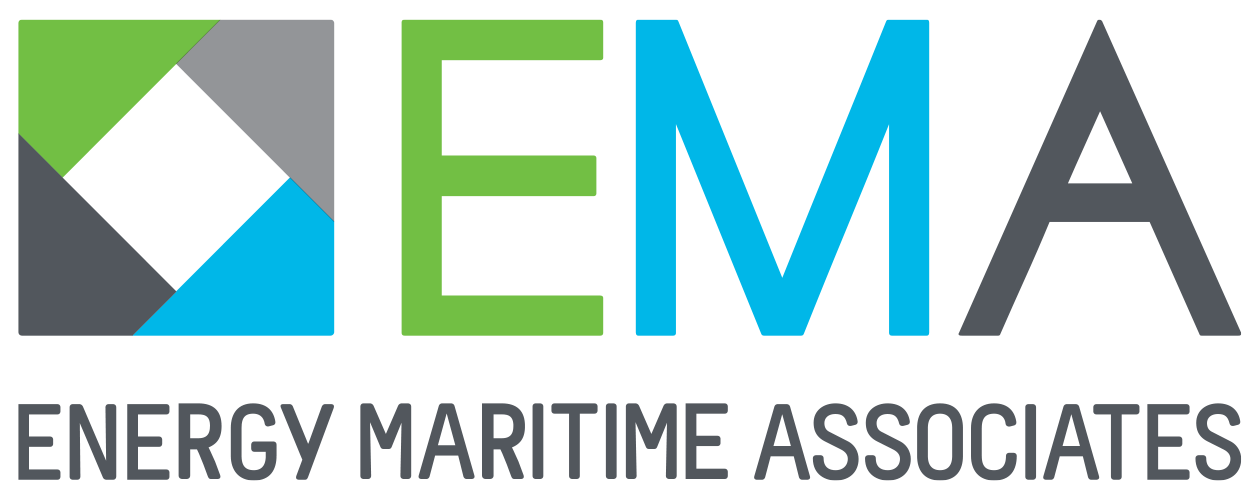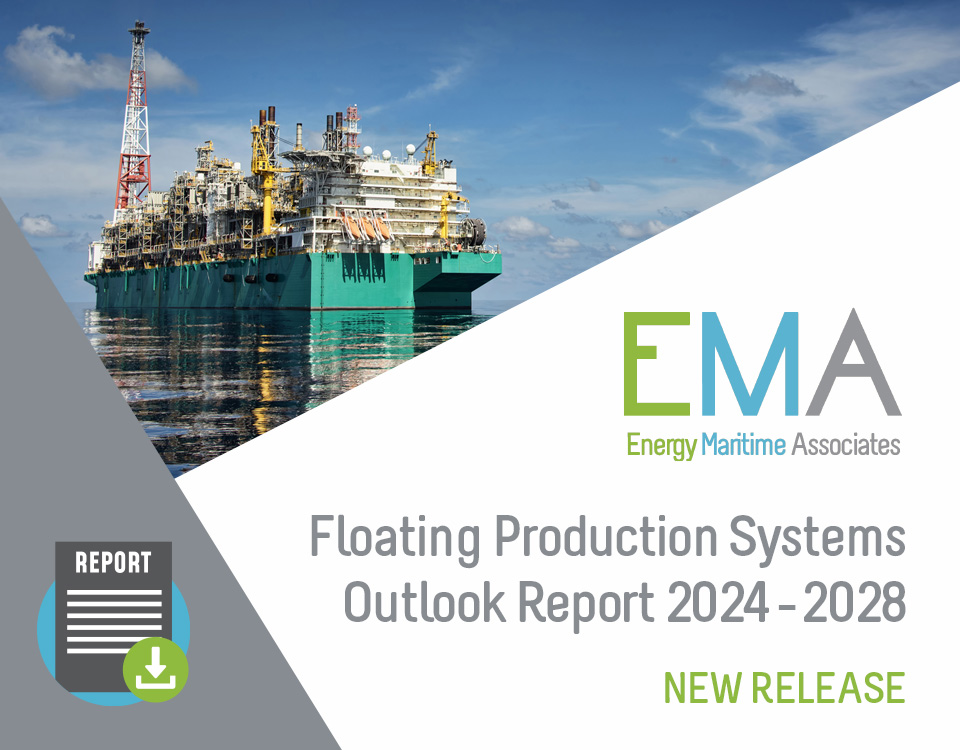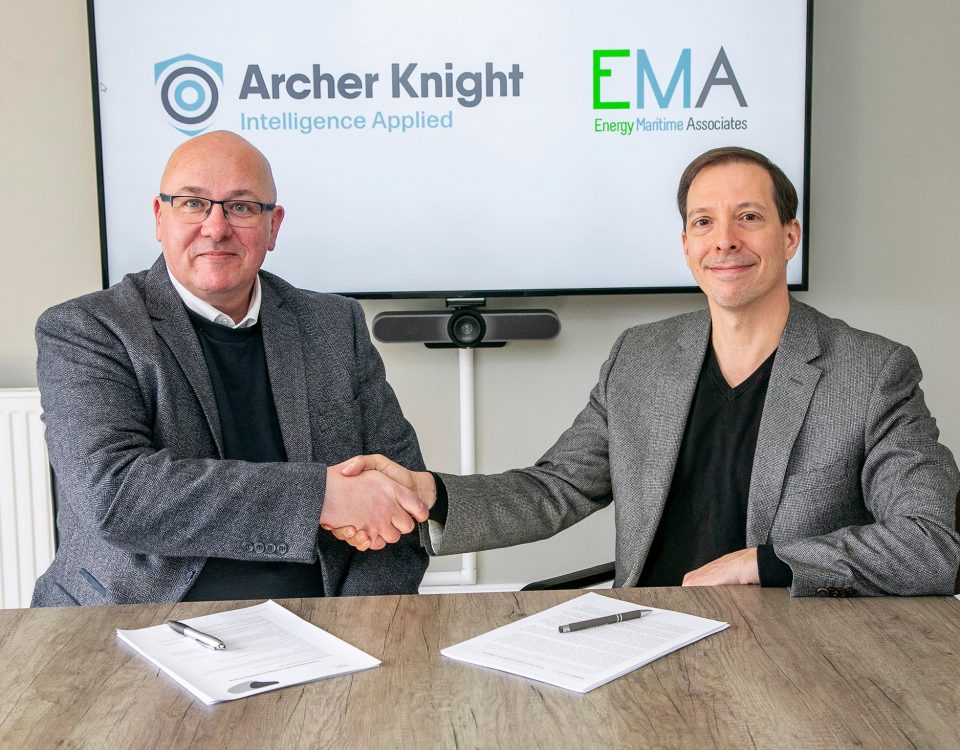Equinor’s Aasta Hansteen Spar Offers Insight into FPSO Design Choices
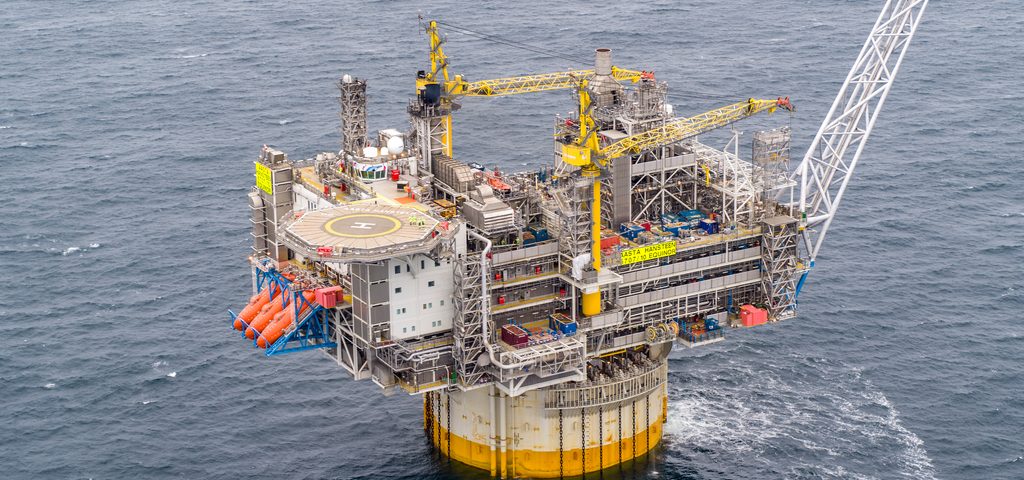
The Journal of Petroleum Technology recently published an article about the Aasta Hansteen Deepwater Spar FPSO off the Norwegian coast. Based on a technical paper presented at the Offshore Technology Conference in 2019, the story discusses project execution of the Aasta Hansteen field development. This field, located north of the Arctic Circle in 1,300 m (4,265 feet) of water, is in an extremely harsh environment with no other offshore installations within 140 km (87 miles).
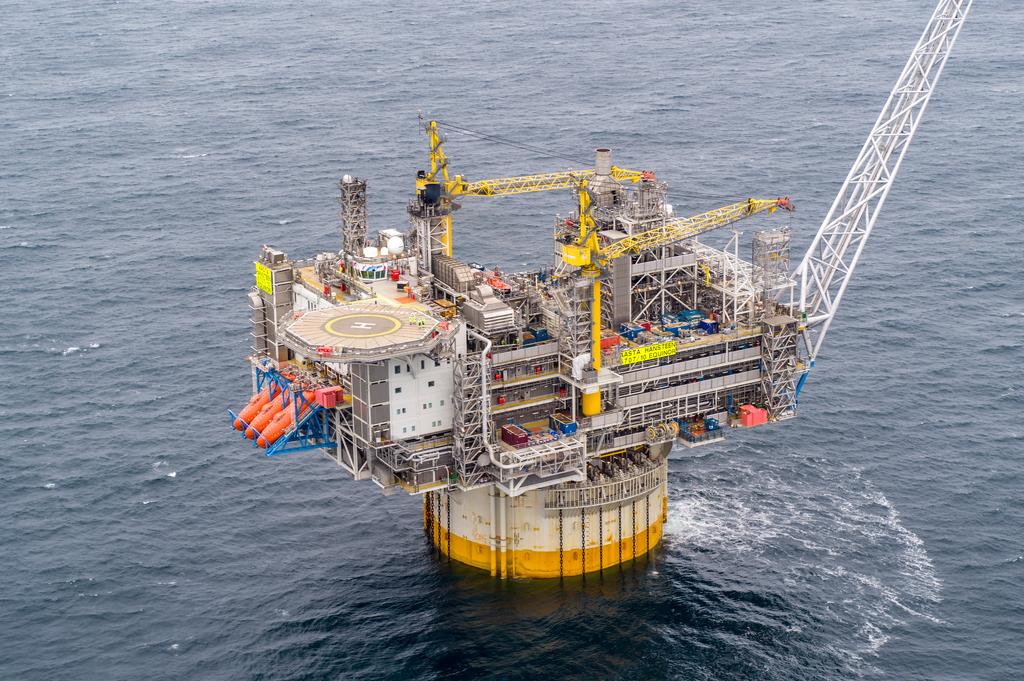
Courtesy of Equinor: Aasta Hansteen spar platform
The field’s plan for development and operations was approved in June 2013 and initial production began December 2018. According to Equinor, the Aasta Hansteen Spar is the largest Spar platform in the world, and the first with condensate storage tanks on board. Equinor Energy AS operates the Aasta Hansteen field with 51 percent ownership. Partners are Wintershall Dea Norge AS (24%), OMV (Norge) AS (15%) and ConocoPhillips Skandinavia AS (10%). While semis, tension leg platforms, and various FPSOs and Spars were considered, the truss Spar design was selected for the field.
More detailed information on the many variations of Floating Production Systems is available here.
Equinor considered several field development concepts for Aasta Hansteen, including subsea tieback with multiphase flow to shore or to a shallow-water floater, and subsea tieback to an existing platform. Ultimately, a freestanding deepwater floater was chosen as it was deemed more attractive for project economics and would not fall victim to sea floor subsidence as the reservoir was depleted.
Despite their topside versatility (allowing installation of drilling or production equipment) and stability in deepwater, the Aasta Hansteen Spar and Anadarko’s Heidelberg Spar for the Gulf of Mexico were the last spars ordered. No additional spars have been ordered since 2012. By comparison, during the six years from investment decision to initial Aasta Hansteen production (2012-2018), eight semi submersibles have been ordered.
While Equinor chose a Spar design for the future production and tieback flexibilities it offers, installation of spars is more complicated and expensive than other floating production designs. The Aasta Hansteen spar is considered unusually complex, with hull storage that includes condensate, freshwater, seawater, ballast, and bilge.
Since 2012, semi submersibles have replaced spars as the preferred system for deepwater production. Semis are less expensive and simpler in design, and can now be built in a single yard. Construction facilities now have increased lifting capabilities and are able to complete fully integrated production semis including topsides. In addition, larger heavy lift transportation vessels are available meaning production semis can be delivered directly to site from one facility. While many engineers love spars for their stability, semi submersibles provide better economics and have proven more popular than spars for deepwater developments.
EMA provides accurate and dependable market research for the Floating Production Sector. Clients tell us that our reports are a must-read for anyone requiring trustworthy analysis of the FPS sector to effect better decision making, assess business risk, and provide insight into project alternatives.
Our Q3 2020 report issued June 16, details how Covid-19 and the oil price crash have affected FPS awards.
EMA provides accurate and dependable quarterly reports for the Floating Production Sector. Click below to download one of our sample reports.
The Journal of Petroleum Technology recently published an article about the Aasta Hansteen Deepwater Spar FPSO off the Norwegian coast. Based on a technical paper presented at the Offshore Technology Conference in 2019, the story discusses project execution of the Aasta Hansteen field development. This field, located north of the Arctic Circle in 1,300 m (4,265 feet) of water, is in an extremely harsh environment with no other offshore installations within 140 km (87 miles).
